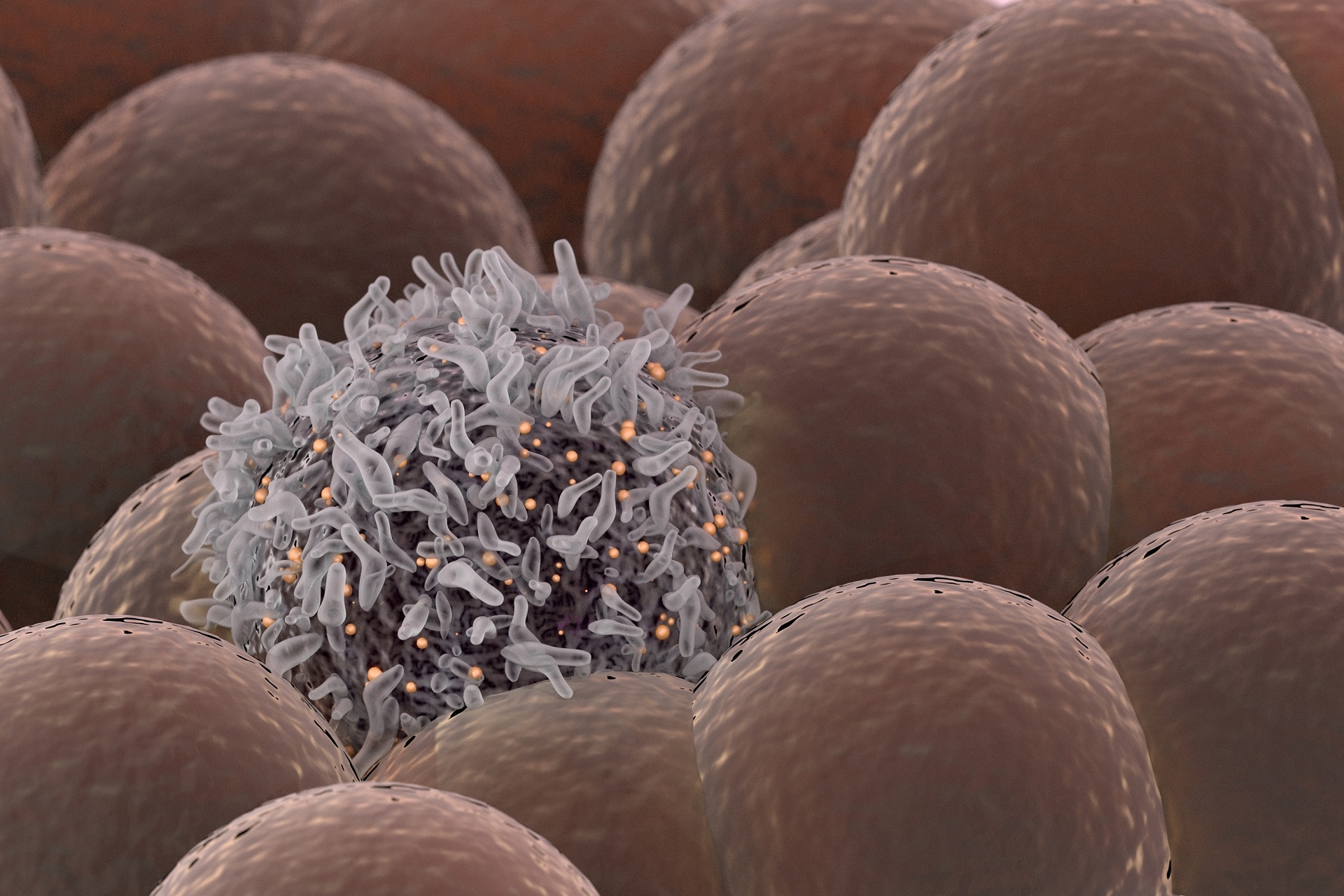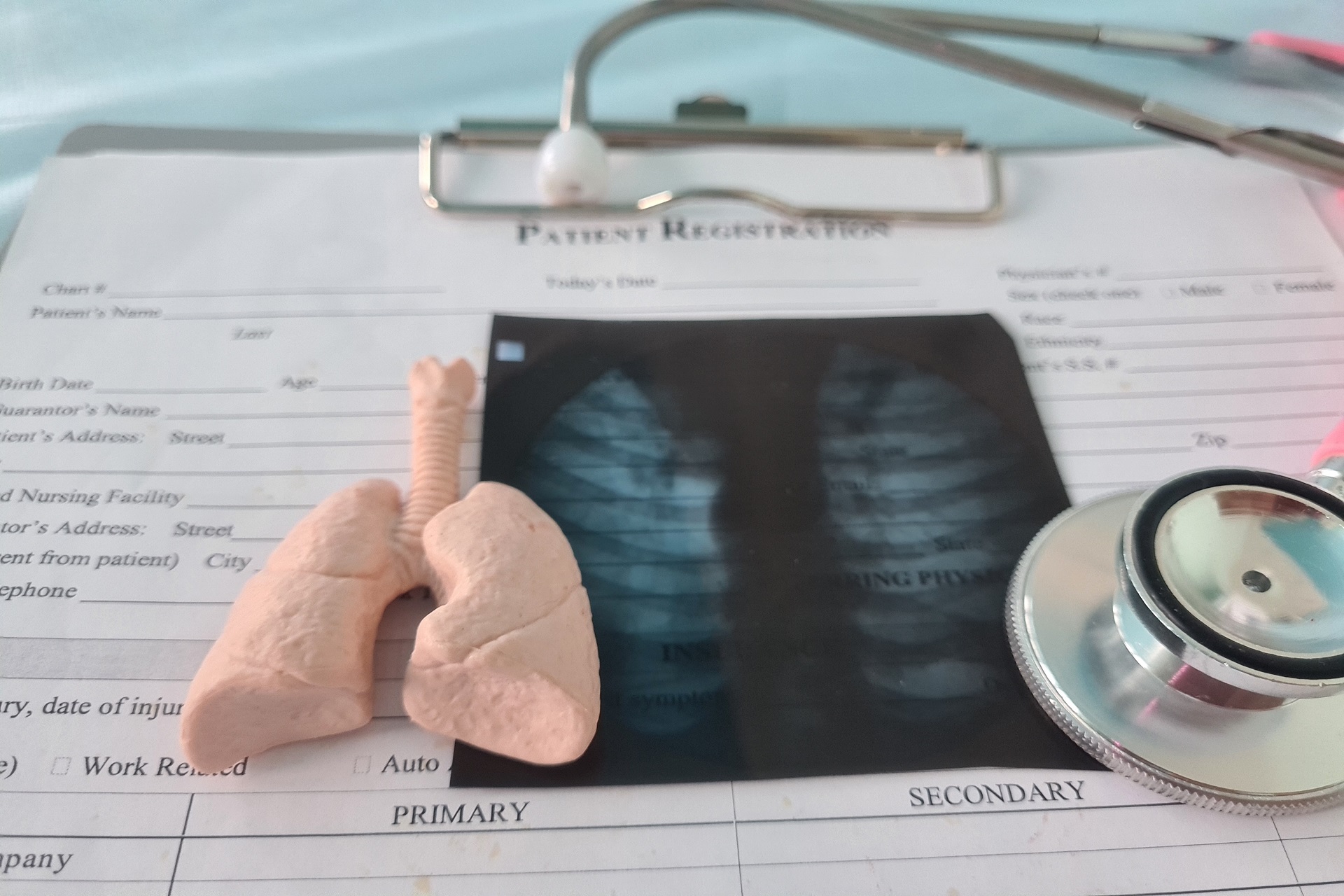Vaccines, variants and vigilance — here’s how to navigate this
flu season›››
Human cells are warming up to
self-destruction
New protein tool lets researchers use temperature to control cell behavior 10 Oct 2025




